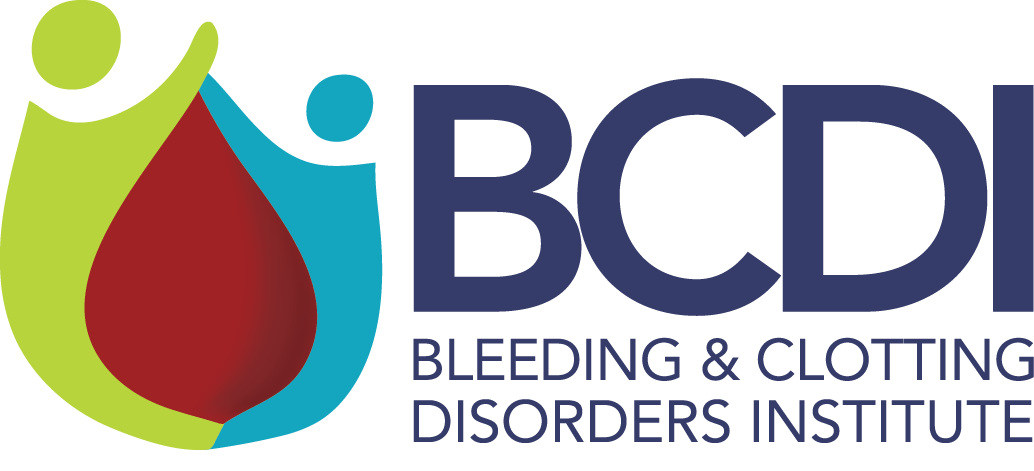Protein S, a vitamin K-dependent glycoprotein, is synthesized by the liver and acts as the principal cofactor to protein C. Protein S exists in the circulation in two forms in equilibrium with each other: a free form and a non-covalently bound form that is complexed to C4 binding protein. The C4 protein is a component of the complement pathway. Approximately 60% to 65% of total protein S in the circulation exists in the bound form and ~35% to 40% in the free form. Free protein S is the form involved in the activated protein C (APC) anticoagulant activity.
There is no data on the frequency of protein S deficiency in the general population, but the frequency is believed to be roughly the same as for protein C deficiency (1.4% to 7.5%).
Types of Protein S Deficiency
There are three subtypes of Protein S Deficiency.
- Type I deficiency: There is a proportional decrease in both the antigen and activity level
- Type II deficiency: There is a decrease in the functional activity of the protein with a normal antigen level, both of the free and total protein S, resulting from the production of an abnormally functioning protein from the mutant allele
- Type III deficiency: There is a normal level of total protein S antigen, but the free protein S is abnormally low. The functional activity of Protein S is also decreased
Protein S Levels
Physiologic variations in Protein S are noted to occur. Additionally, many medical conditions may be may be associated with abnormal Protein S levels.
Similar to protein C deficiency, homozygous protein S deficiency has been reported, and these individuals characteristically present with neonatal purpura fulminans or within the first year of life. Purpura fulminans is characterized by small vessel thrombosis with cutaneous and subcutaneous necrosis.
